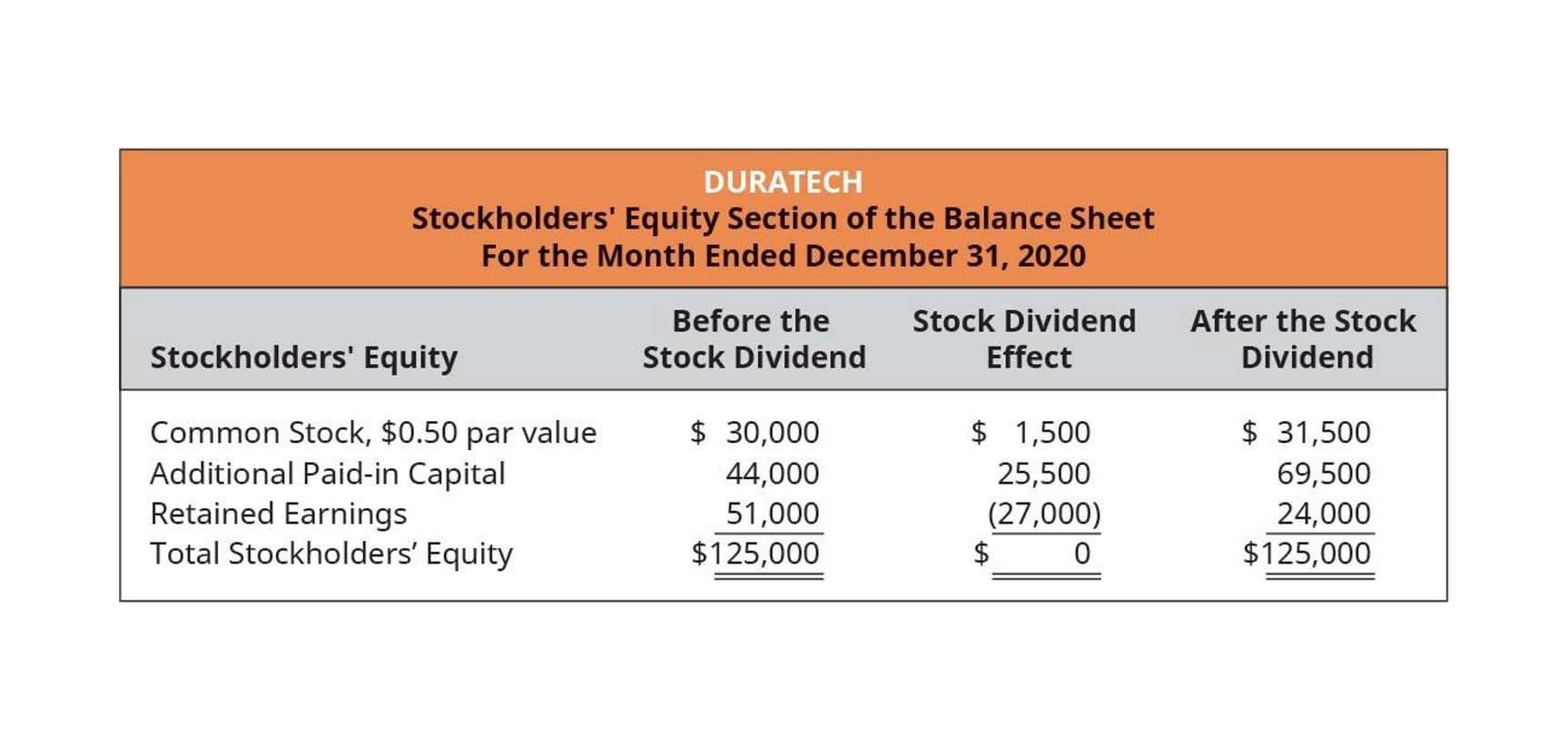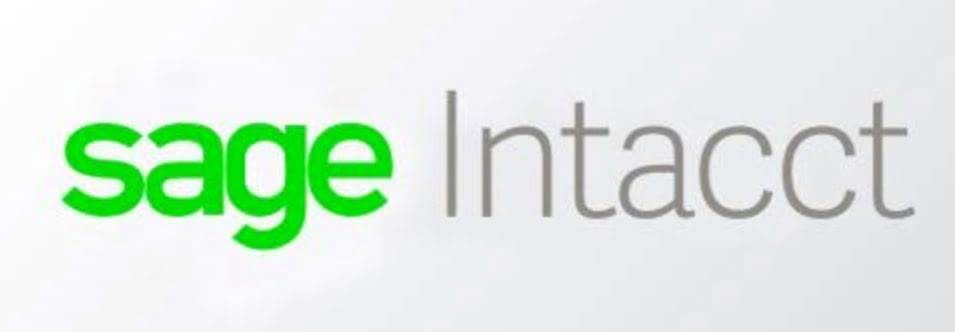By manually entering expenses, businesses can have better control over their spending habits, as they can scrutinize and categorize their expenditures according to their unique business needs and requirements. Its user-friendly interface allows easy navigation and quick access to essential features, making it convenient for users to handle their business finances. QuickBooks Online offers scalable solutions, meaning it can adapt to the growing needs of a business, ensuring that it remains effective as the business expands.
With streamlined organization, businesses can easily access and analyze expense data, enabling better financial decision-making. Proceed to enter the specific details of the expense, ensuring comprehensive and accurate recording to facilitate seamless financial reporting and streamlined business operations within QuickBooks Online. The integration of expense management tools in Quickbooks Desktop streamlines the process and ensures efficient and accurate financial tracking and reporting. This process enables users to record and categorize expenses, making it easier to monitor and analyze spending patterns. Quickbooks Desktop offers detailed expense entry options, allowing users to input payment methods, transaction dates, and relevant vendors for each expense. Users can set up recurring expenses for regular payments, simplifying the process of managing fixed costs.
One of the key aspects of Quickbooks is its ability to efficiently record and manage expenses. In this comprehensive guide, we will delve into the intricacies of entering expenses in Quickbooks, covering various methods and platforms such as Quickbooks Online and Quickbooks Desktop. This guide will briefly review the QuickBooks online software and discuss the step-by-step procedure for easily tracking and managing expenses. Therefore, by adhering to this blog, you can streamline your expense management and boost your business’s overall financial health.
How To Input Expenses In Quickbooks?
If you’re using a debit card, remember that you must choose a Checking Account, even if the card has a Visa or MasterCard logo. By the time you finish this tutorial, you’ll be crystal clear on what to do. Whether you’re looking for guidance from experts, want your books organized for tax time, or need a dedicated bookkeeper to do your books for you, Live experts are here to help. Although we recommend not to mix business and personal funds, we know it happens sometimes.
Step 2: Add a transaction to the account register
The Smartsheet platform makes it easy to plan, capture, manage, and report on work from anywhere, helping your team be more effective and get more done. Report on key metrics and get real-time visibility into work as it happens with roll-up reports, dashboards, and automated workflows built to keep your team connected and informed. Feel free to make edits to any expenses you’ve entered into QuickBooks at any time. Whether you’re looking for guidance from experts, want your books organised for tax time, or need a dedicated bookkeeper to do your books for you, Live experts are here to help.
I’m here to help rectify the issue so you’re able to view expense transactions in your reports, @dm94. Feel free to post again if you have additional questions about tracking your expenses in QuickBooks. When I create an invoice yes you could add it but not ahead of time to be retrieved as an expense. This is Incredible BS from QBDT because there is no way to add an expense to be assigned to a customer to be retrieved when billing at a later date.
The optimized financial tracking system enables businesses to identify trends, analyze spending patterns, and forecast future financial needs with greater precision. QuickBooks’ Multicurrency lets you record payments and bills from customers, vendors, or bank accounts that use different currencies than your home currency. However, QuickBooks Bill Pay and QuickBooks Payments aren’t compatible with Multicurrency. When you turn on Multicurrency, you can enter transactions in different currencies.
How To Enter Expenses In Quickbooks Desktop?
So, let’s dive into the world of manually entering expenses in QuickBooks Online and unlock the potential for seamless expense management. Small businesses need to track common expenses such as rent, utilities, payroll, office supplies, marketing, insurance, and business travel. Other key expenses include equipment purchases, professional services (such as legal and accounting fees), inventory, and software subscriptions. Tracking these costs accurately helps with budgeting and tax deductions.
- Once you have opened the browser window, log in to your QuickBooks account and create an expense transaction.
- Meals, gifts, and various forms of entertainment can sometimes qualify as deductible business expenses.
- I’m here to help rectify the issue so you’re able to add expense transactions in QuickBooks, @stevenTr.
- Quickbooks Desktop offers features for attaching receipts and invoices to transactions, simplifying the process of verifying expenses.
- This saves time if you’re reviewing your chart of accounts and need to make a quick addition.
In Quickbooks, there are multiple ways to enter and track transactions. You can create a sales form, like an invoice or sales receipt, to capture the entire business cycle. We recommend this method in most cases since it gives you the most flexibility and features.
- Home currency is usually the currency your business uses for its transactions based on where your business is located.
- With the ability to manage financial records efficiently, users can track income and expenses, create and send invoices, and generate financial reports seamlessly, making it an invaluable tool for business owners.
- Users can easily enter and categorize their expenses, from office supplies to utility bills, by simply navigating to the ‘Expenses’ tab and inputting the necessary details.
- Regularly reviewing and reconciling expenses is crucial for maintaining the accuracy of your financial records and gaining insights into your company’s expenditure patterns.
If you’re a licensed medical professional thinking of opening your own practice, there are additional expenses related to patient care, compliance, and facility operations to keep in mind. These include medical supplies such as gloves, masks, and syringes, as well as larger investments in diagnostic tools, examination tables, and electronic health records (EHR) software. Professional liability insurance, licensing fees, and continuing education courses are also considered necessary costs, as are expenses for maintaining a clean and safe office environment.
My extensive knowledge and expertise make me a valuable resource how to enter expenses in quickbooks online for individuals seeking guidance in navigating the rapidly evolving technology world. If you bought items or services from different categories with this one particular Expense, enter each category and the amount you spent on these items on separate lines. You can click Add lines to add more lines if you need to add more categories to your Expense. You’ll need to create a new customer or vendor and assign the new type of currency.
Can I Add online Transacted Payments as Expenses on QuickBooks?
This process is crucial for maintaining accurate records of the company’s expenditures, allowing for easy monitoring of cash flow and budgeting. To effectively input expenses in Quickbooks, it’s essential to categorize each expense correctly to enable easy access and analysis. Manually entering expenses in QuickBooks Online ensures precise and reliable expense tracking, contributing to meticulous financial tracking and effective expense management through accurate financial data entry.
The Status column shows where your invoices are in the sales process and whether they are overdue, paid, or voided. Complete Training and Live Help MembershipTo refund your membership, email email protected before the 30th day of purchase, and you’ll receive a full refund. Please note, if you take any of the included certification exams, we’ll deduct the cost of the exams from your refund.
Once logged in, users can access the expense management tools within QuickBooks Online. The platform provides a user-friendly interface for data entry, allowing for easy input of expense information. Expense tracking becomes streamlined, offering real-time insights into spending patterns and ensuring accurate financial records.
Add transactions in a foreign currency
Ensure that you categorize the expense correctly to maintain accurate financial records. To manually enter expenses in QuickBooks Online, follow a step-by-step process through the user interface to input financial transactions and record expenses accurately. Inputting expenses in Quickbooks involves the deliberate inclusion of financial transaction details and cost data to ensure precise and comprehensive financial tracking within the software environment. The software allows users to easily input and categorize expenses such as office supplies, utilities, travel expenses, and more. With features like receipt capture, users can also attach receipts directly to expenses for accurate record-keeping.
Ongoing training and certifications for industry compliance can also be an essential business cost. On the other hand, if you plan to pay for the expense at a later date, enter it as a bill. If this particular transaction includes too many cash expenses, it is best to leave it unfilled. With the help of QuickBooks, It is not difficult at all to register your expense, enabling you to register them when they arise. If you are not aware of how to add, edit, or delete expenses in QuickBooks, then go through this content. On QuickBooks, any kind of payment including debit card, credit card, bank transfer, and online transactions can be added to Expenses.
 Cart is empty
Cart is empty














